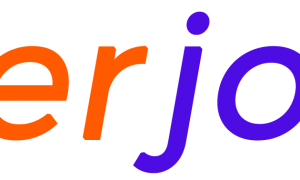CFD Explained: What You Need to Know
CFD, or a contract for difference is a form of derivative trading. It allows you to guess the rising or falling prices of the financial market from all over the world (we’re also talking about instruments here) – indices, shares, currencies, commodities and treasuries. If you want to know what is online contract for difference trading, then you came to the right place.
Trading
Regarding CFD trading, you should know that you’re allowed to trade on margin – you can even sell if you think that the prices will go down, or you can buy if you think the prices will rise.
They’re tax efficient in the UK, and you can use them to border a present physical portfolio.
How does CFD trading work?
The thing with CFD trading is that you don’t buy, and you don’t sell underlying assets, such as physical share, commodity or currency pair. What you do buy or sell is a number of units that come for a specific instrument, and it depends on your opinion regarding the prices: will they go up or will they go down?
If the price of the instrument moves in your favor, for every point that comes for you, you get multiple numbers of CFD units that you have sold or bought. For every point that comes against you, you’ll get a loss. It’s good to keep in mind that losses will exceed your deposits. Read more on the free forex trading live charts.
What are margin and leverage?
CFDs are leveraged – so you’ll only get to deposit a small percentage of the full value of the trade – that if you want to open a position. This process is called ‘trading on margin’ and is also known as margin requirement.
Trading on margin will allow you to expand your returns; your losses will also be expanded when they are put on the full value of the CFD position. This means that you can lose even more than any capital that you deposited before.
What is the price of CFD trading?
For spread
You will buy trade by using the price of the buy that’s quoted and that exits using the selling price. If the spread is narrowed, the price won’t need to move in your favor before you actually start making money. The same goes for losses.
For Holding costs
The end of every trading day is 5 pm, the New York time. When it’s the end of the day, any position that is opened in your account (and which will be charged) is called “holding cost”. This one can be positive or negative – it depends on the direction of your position and on the applicable holding rate.
For Market data fees
In order to trade or even view the price data for shared CFDs, you will need to activate the market data subscription – this will cost you a small fee.
The post CFD Explained: What You Need to Know appeared first on BigEye.UG.
via: BigEye
More
411 UG brings you all the latest News and Ugandan Music. Browse Featured News, Entertainment, Current Affairs, Technology, Interviews, Relationships and much more.
















































Share this post: